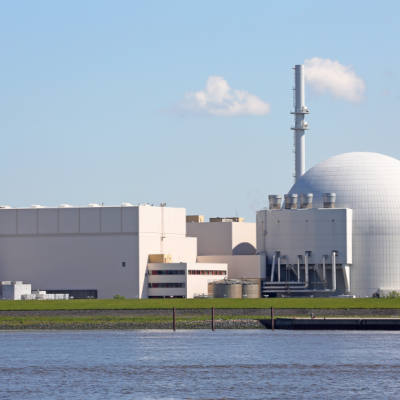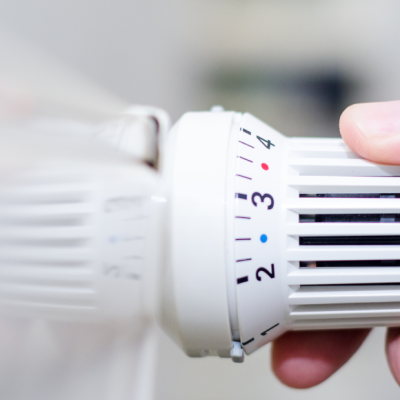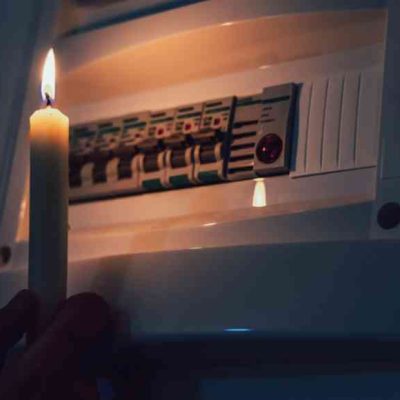Dutch scientists have developed tandem solar cells made of silicon and perovskite with a record-breaking efficiency rate. Traditional solar cells have an efficiency rate of between 22 and 25 percent. However, researchers from the Eindhoven University of Technology (TU/e) and the Delft University of Technology (TU Delft) have broken this record by developing a tandem solar cell made of silicon and perovskite with an efficiency rate of 30.1 percent. The team achieved this by stacking perovskite cells that convert visible and ultraviolet light into energy and allow infrared light to pass through, with silicon cells that convert infrared light into energy.
The perovskite cells have an efficiency rate of 19.7 percent, while the silicon cells have an efficiency rate of 10.4 percent. The researchers also developed perovskite solar cells that allow 93 percent of light in the near-infrared range to pass through, ensuring that the overall system has a high efficiency rate. Tandem solar cells have advantages over traditional solar cells, not only in operation but also in production. Silicon cells can only be produced at high temperatures, requiring a lot of energy. In contrast, perovskite cells can be manufactured at room temperature.
This breakthrough in solar cell technology could have significant implications for the renewable energy industry. The higher efficiency rate of tandem solar cells means that they can generate more electricity from the same amount of sunlight, making them more cost-effective. Additionally, the lower production costs of perovskite cells could make solar energy more accessible to people in developing countries. The development of tandem solar cells is a significant step towards achieving a sustainable future.










